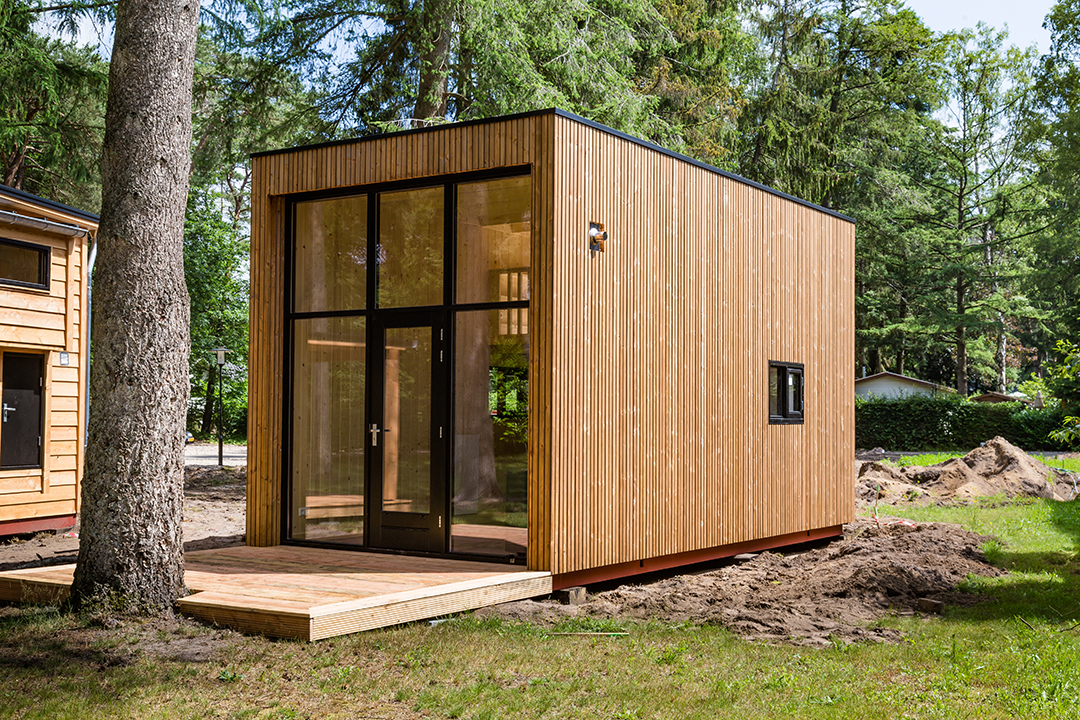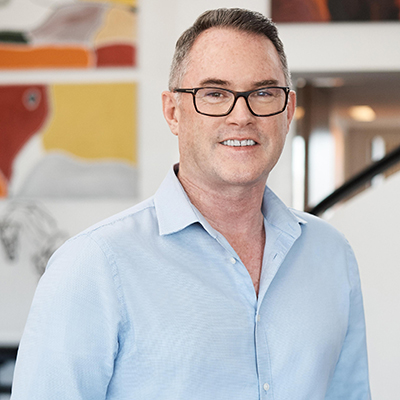

The large suburban home has long been the Australian dream but the house of the future is emerging as a sleek, minimalist dwelling designed to maximise psychological and environmental benefits.
The move to minimalism is resulting in smaller, simpler homes with streamlined, open spaces that are easy to maintain and provide a sanctuary-style escape from a hectic world.
In our McGrath Report 2020, we discussed how demographics were driving the move towards more affordable, minimalist homes. Two megatrends – the ageing population and the shrinking family, mean fewer people per Australian residence.
The ageing population will see more downsizer single and couple-only households. In the 2016 Census, 14% of Australians were aged 65 years and over, an increase from 11% in 2011. This is expected to rise further to 21-23% of the total population by 2066.
Lone person households are expected to grow from 2.3 million in 2016 to 3-3.5 million by 2041.
Families are also shrinking, reducing the need for space. Australian women are having fewer children, with the fertility rate at 1.74 babies per woman – the lowest since 2001.
The proportion of Australians living within traditional families has fallen from 54% in 1996 to 49% in 2016; and this is forecast to fall further to 48% in 2041.
By contrast, couples living without children have increased from 19% to 21%. This has been helped by a big jump in couples aged 25-34 years who don’t have children, as more millennials choose to start their families later in life.
Australia’s surging population, which is expected to grow from 25 million to 37-49 million in 2066, means major cities will have to make more use of medium and high density options.
Increasingly time poor home owners want more flexibility and lower maintenance properties to suit their busy lifestyles. Many people don’t have time to mow lawns or clean large residences anymore.
An important factor driving the move to minimalism is psychological. Japanese tidying expert, Marie Kondo has popularised minimalism through her best-selling book, ‘The Life-Changing Magic of Tidying Up’ and her hit Netflix show, ‘Tidying Up with Marie Kondo’.
People are realising they are happier and healthier in a minimalist home, which is backed by scientific research.
A study by the US Centre on the Everyday Lives of Families (CELF) revealed a ‘clutter crisis’ amongst Los Angeles home owners. It found that women in homes they described as stressful, including cluttered and unfinished, were more likely to suffer from chronic stress, depression through the day and greater fatigue at night.
Another study by Chicago’s DePaul University and the University of New Mexico found clutter can damage our sense of home and subjective wellbeing. We are more likely to consume unhealthy food, too.
The growing shift towards minimalism will see Australians reject excess across the design, décor and function of homes.
Houses will be smaller. The move to minimalism has found expression in the ‘tiny home’ movement – the growth of small, eco-friendly homes. Tiny homes significantly cut emissions because they need less heating and lighting.
In Australia, tiny might not become typical but smaller will be standard. While the size of our homes grew by 30% in the 30 years to FY18, accelerating through the 1980s and 1990s, the average size of the Australian home is now the smallest it has been in 22 years, reflecting more apartment living.
The smaller home will meet people’s growing desire to cut their environmental footprint. Bigger homes wipe out the benefits of more energy efficient dwellings.
Cutting the size of a house by 5-10% makes it easier to move to zero net energy – a household with no ongoing energy costs, according to RMIT University research.
Only essential furniture will remain and stylish yet easy to clean features will dominate, such as timber floors and stone benches and vanities. The growth of renting, including cars and even clothes, will make garages and storage increasingly unnecessary.
Technology is facilitating the move to minimalism. Less gadgets are needed as various technologies collapse into universal systems operated by phone or voice activation with Google Home, Alexa or Amazon Echo.
Family photos and documents are being digitised. Cookbooks are becoming redundant with recipes on smartphones and eventually, on smart benches. Home technology will become silent and invisible. Cords and knobs will disappear and screens will be camouflaged – the current trend is wall-hung TV mirrors.
So looking ahead, the house of the future looks more compact and curated; and more symbolic of our work and lifestyle priorities. My advice is to consider this trend of minimalism if you are styling your home for sale.